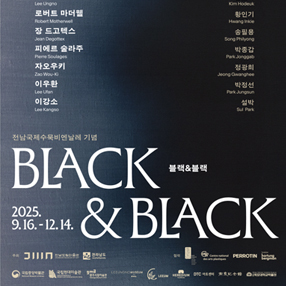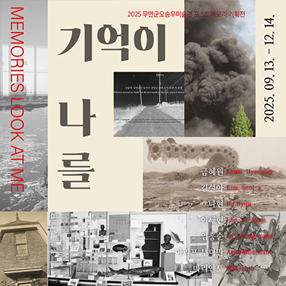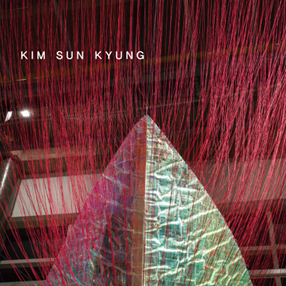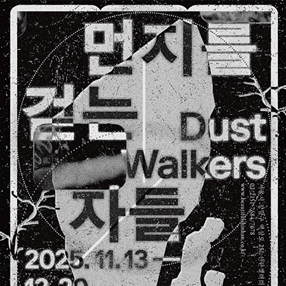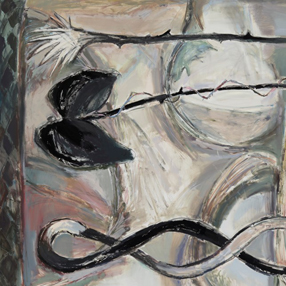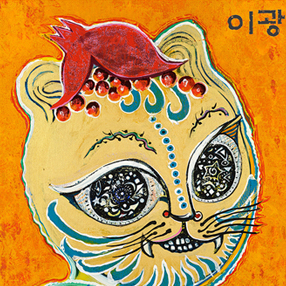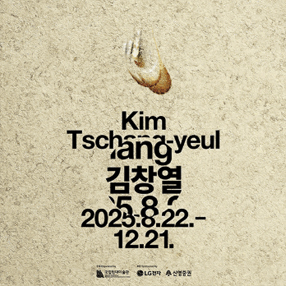본문
-
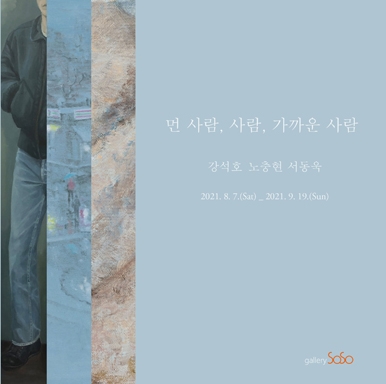
전시 포스터
-
강석호
무제, 43 x 45cm, oil on canvas, 2021
-
강석호
무제, 30 x 30cm, oil on canvas, 2016-2021
-
노충현
장마, 161 X 226cm, oil on canvas, 2021
-
노충현
밤눈, 91 X 91 cm oil on canvas 2021
-
서동욱
JK, 116.7 x 80.3cm, oil on canvas, 2021
-
서동욱
여름-아침Ⅱ Summer-MorningⅡ, 116.7 x 91.0cm, oil on canvas, 2021
-
Press Release
그와의 거리
여기 세 사람이 있다. 먼 사람, 사람, 가까운 사람. 강석호, 노충현, 서동욱 작가는 저마다의 거리에서 대상을 바라본다. 그들은 무엇을 의도하여 그 거리를 선택했는가? 어떻게 표현했는가? 그리고 작품을 보는 사람은 어떠한 감흥을 받는가?
가장 가깝고도 먼 사람
강석호 작가는 사람을 크게 확대하여 부분만을 그린다. 표현방식에 있어서도 대상에 대한 세밀한 묘사보다는 화면 안에서의 조형적 형태를 우선시한다. 그렇기에 작품 속 대상은 인물로서의 정체성에서 멀어지며 화면 안의 균형과 조화를 위한 조형요소가 된다.
조형에 치중한 이러한 작업방식은 역설적이게도 대상에 대한 심리적 반응을 강하게 만든다. 누군가의 배가 화면 전면에 드러난 작품을 보자. 튀어나온 배꼽, 동그란 배꼽, 길쭉한 배꼽, 어두운 배꼽 등등. 가운데를 중심으로 퍼져나가는 색채와 화면 전체의 구도를 보던 사람들은 이것이 곧 쉽게 볼 수 없는 타인의 신체라는 것에 생각이 미친다. 너무나 확대되어 가장 멀어진 대상은 보는 사람으로 하여금 새삼 그 정체를 생각하게 하는 계기를 만든다.
내 앞에 선 그 사람
서동욱 작가가 선택한 거리는 우리가 가장 가깝게 느끼는 내 앞에 있는 그 사람과의 거리이다. 잠들어 있는 인물, 앉아서 기타를 치는 인물, 가만히 서서 정면을 바라보는 인물들은 우리의 평소 시야 속 사람들과 다르지 않다. 그렇기에 서동욱 작가의 거리는 가장 익숙하게 느껴진다.
이러한 거리에도 불구하고 대상은 회화 너머에 있다. 인물들은 회색 톤으로 절제된 색채 뒤로 물러남으로써 가장 익숙한 거리를 낯설게 한다. 이불 속에 얼굴을 파묻은 뒤통수, 정면을 응시하는 회색 눈빛은 아는 누군가를 떠올리게 하지만 정확히 그 사람은 아니다. 그렇기에 작품 속 인물에서 느껴지는 것은 누군가에 대한 기억, 혹은 향수와 같다. 가장 익숙한 거리에 있지만 회화의 표면 뒤에 있는 인물은 현실과 예술 간에 존재하는 미묘한 긴장을 생각하게 한다.
멀리 보이는 그 사람
노충현 작가의 작품에서 사람은 가장 멀리 있다. 작품 속 인물들은 풍경 속에서 실루엣만으로 표현되어 있다. 조화로운 구도와 색채로 이루어진 작품을 보는 감상자의 시선은 먼저 전체 풍경을 향하게 되고 이후 자연스럽게 인물로 옮겨간다.
여기서 사람에 대한 감흥은 주변 환경에 의해 일어난다. 차분하게 가라앉은 겨울 풍경 속 바퀴자국이 난 길 위의 인물에서 알 수 없는 쓸쓸함이 보인다. 화창하게 비치는 햇살과 푸르른 생기를 담은 풍경 속 인물에서는 노동의 생기와 고단함이 같이 전해진다. 이러한 감정의 발생은 사람에 대한 작가의 해석 때문일 수도 있고 작품을 보는 나의 마음이 투사되었기 때문일 수도 있다. 이렇게 노충현 작가의 작품은 가슴 속에 일어나는 감정의 형태를 담백하게 볼 수 있게 한다.
회화는 현실과 가깝고 또 멀다. 사람들은 서로 멀고도 가깝다. 《먼 사람, 사람, 가까운 사람》 속 그와의 거리는 항상 가까워졌다 멀어지기를 반복하며 요동친다. 작가는 얼마나 멀리, 혹은 가까이에서 그 사람을 보고 있는가? 그것을 보는 내 마음 속 그와의 거리는 어떠한가? 우리는 이러한 질문 끝에 도달한 저마다의 ‘거리’에서 《먼 사람, 사람, 가까운 사람》을 보게 될 것이다.
■ 전희정(갤러리 소소)
A Distance with the Person
We have three people here – a distant person, a person and a nearby person. The three artists - Seokho Kang, Choong-Hyun Roh and Dongwook Suh – gaze at objects from a distance suited to each of them. Why have they chosen the distance with what intention? How have they expressed it? And what sentiments resonate through the heart of the viewers?
The nearest, yet farthest person
Seokho Kang only paints parts by enlarging a person. He prioritizes figurative forms on canvas instead of precise portrayal for objects in ways he expresses them. That is why objects in his works are distant from their identity as figures, turning into figurative elements for the sake of balance and harmony on canvas.
His way of producing work focused on figurativeness, ironically, brings out strong psychological responses to the objects. Take a look at his works where somebody’s stomach is revealed to the front – a protrusive belly button, a rounded belly button, a long belly button and a dark belly button, etc. The audience looking at the composition of the paintings as well as the color tones spreading outwards would realize that it is somebody’s body which they cannot easily see. The farthest object through excessive enlargement triggers the audience to think about their identity out of the blue.
The person standing in front of me
The distance chosen by Dongwook Suh is the distance which one would feel with a person right in front, felt to be the closest in distance. All these figures – sleeping, playing the guitar while seated and standing still to gaze at the front – are not so different from those we see every day. That is why Suh’s distance is felt to be the most familiar one.
Objects are beyond the painting despite such a distance. The figures turn the most familiar distance to seem unfamiliar by stepping back behind refined greyish tones. The back sides of the head covered in the blanket, and greyish eyes gazing at the front are reminiscent of somebody we know, but not exactly that person. That is why the figures in his paintings arouse memories or nostalgia about somebody. The figures being at the most familiar distance but staying behind the surface of the painting are reminders of subtle tension existing between the reality and art.
The person far away
In Choong-Hyun Roh’s works, people are in the farthest distance. They are expressed in mere silhouettes in a scenery. The view of the audience towards his works consisting of balanced composition and color tones would be on the entire scenery, and then naturally on the figures.
Sentiments about the people here are induced by the surroundings. A figure on the street with marks of wheels in a calm and serene winter scenery hints at some solitude. A figure in a scenery with a bright sunshine and green nature imbues the vitality and tiredness from labor. Such sentiments might be due to his interpretation or the projection of my heart looking at the works. As such, Roh’s works mirror back the forms of emotions happening in the heart of the beholders.
Painting is close to, yet far away from the reality. People are far away from, yet being close to one another. A distance with the person in 《Near and Far》 keeps fluctuating by getting closer and farther away at all times. How far or how close are the artists looking at the person? What about a distance between myself looking at it and the person? We would see 《Near and Far》 in our own “distance” having reached the end of such questions.
■ Chun Heejung(Gallery SoSo)전시제목먼 사람, 사람, 가까운 사람
전시기간2021.08.07(토) - 2021.09.19(일)
참여작가 강석호, 노충현, 서동욱
관람시간11:00am - 06:00pm
휴관일월, 화 휴관
장르회화
관람료없음
장소갤러리 소소 Gallery SoSo (경기 파주시 탄현면 헤이리마을길 92 (법흥리, 갤러리소소) )
연락처031-949-8154
-
Artists in This Show
-
1971년 서울출생
-
1970년 출생
-
1974년 출생
-
갤러리 소소(Gallery SoSo) Shows on Mu:umView All
Current Shows
-
BLACK & BLACK
전남도립미술관
2025.09.16 ~ 2025.12.14
-
기억이 나를 본다
무안군오승우미술관
2025.09.13 ~ 2025.12.14
-
원문자: 사유공간 思惟空間
이천시립월전미술관
2025.10.16 ~ 2025.12.14
-
유리상자-아트스타Ⅲ 김선경 [無와 有의 경계에서]
봉산문화회관
2025.09.12 ~ 2025.12.14
-
먼지를 걷는 자들 Dust Walkers
신한갤러리
2025.11.13 ~ 2025.12.20
-
유리: 투명한 고리
갤러리 학고재
2025.11.19 ~ 2025.12.20
-
이광 개인전 《우주호랑이- 호랑이 여자로 산다는 것은》
갤러리 마리
2025.11.21 ~ 2025.12.20
-
김창열
국립현대미술관
2025.08.22 ~ 2025.12.21




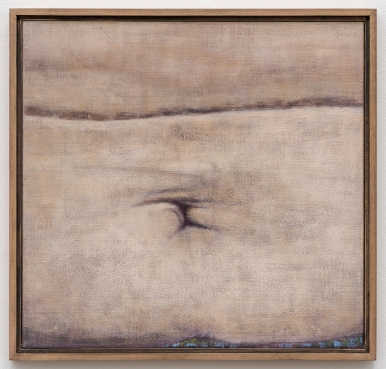
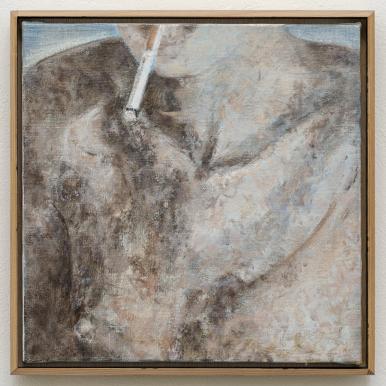
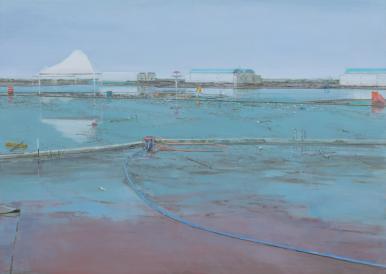
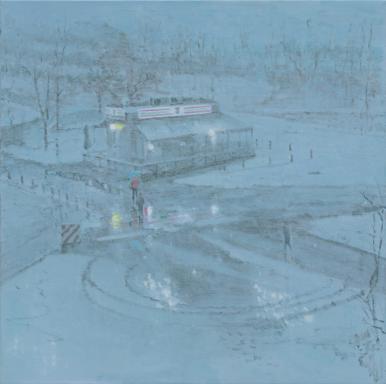
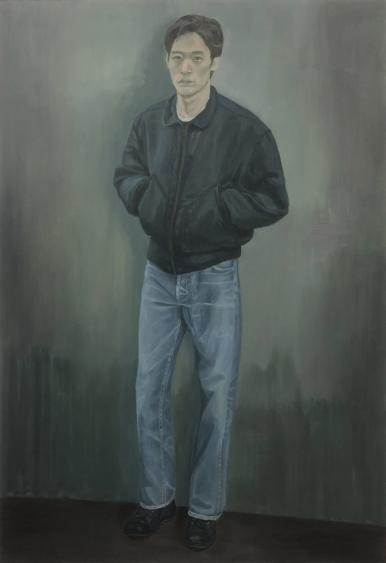
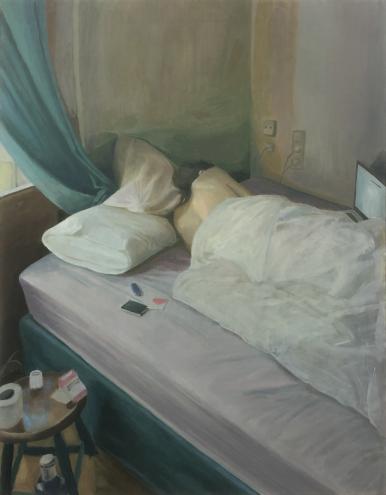
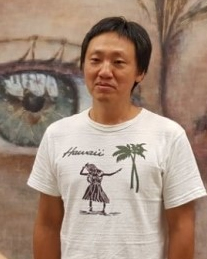
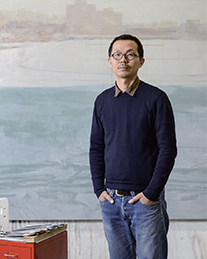
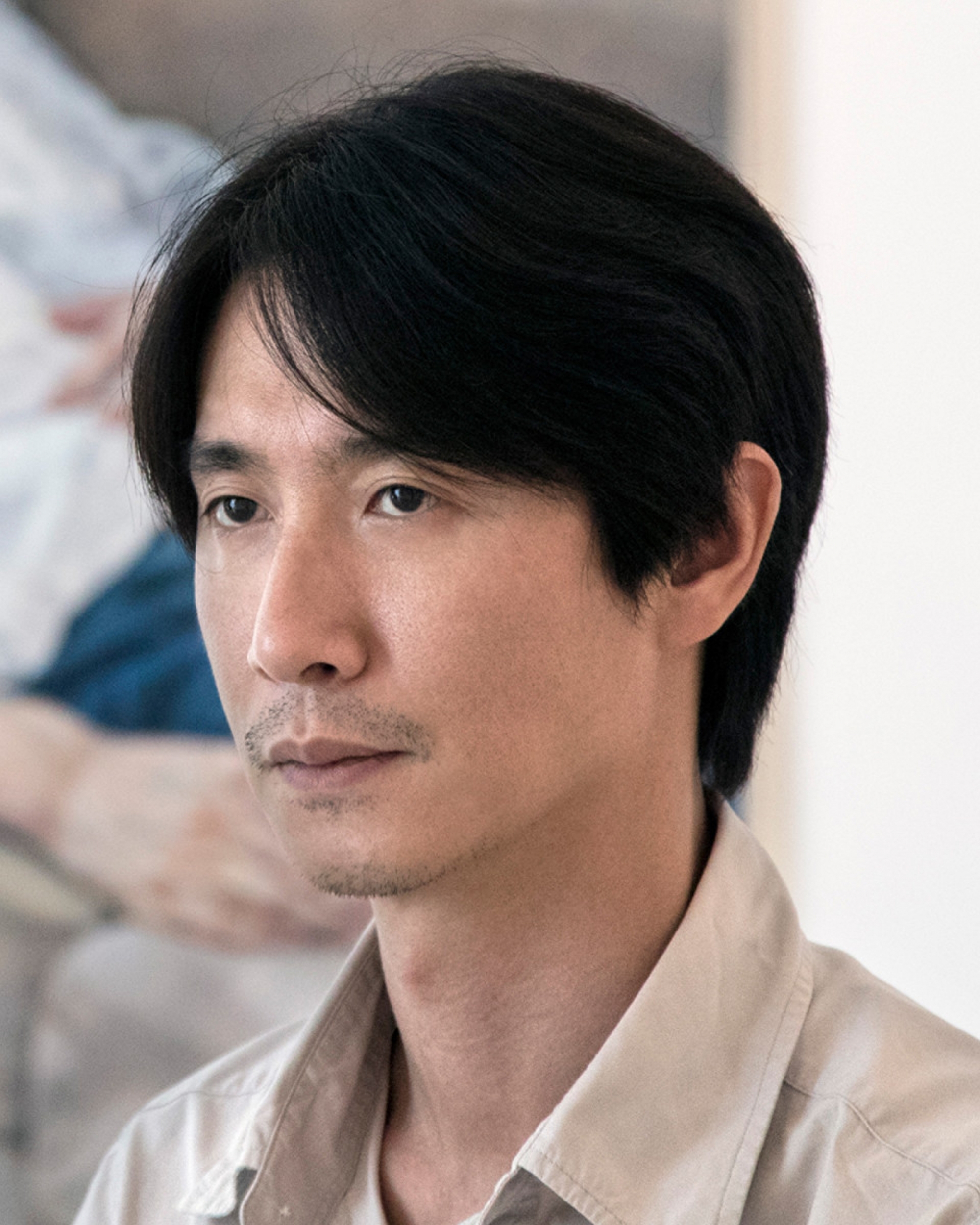
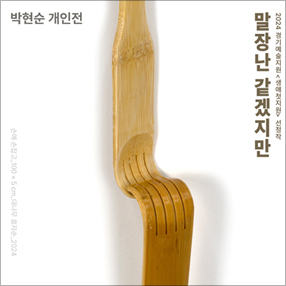
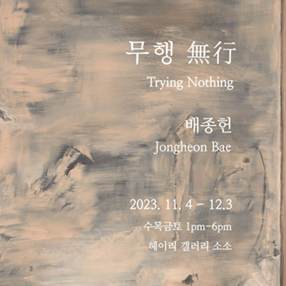
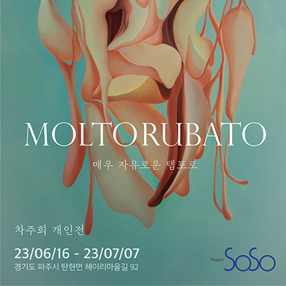
.jpg)
